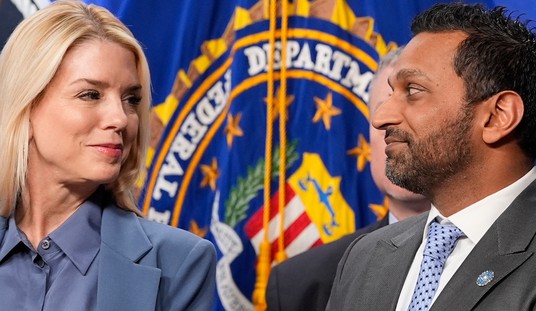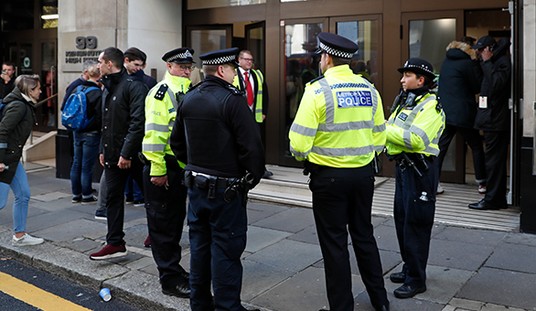Miracles are real. A story that has been talked about this week involves an Amazon jungle rescue effort, code-named Operation Hope, and the resilience of four children. It is an incredible story.
Four children were passengers in a single-engine Cessna plane, along with their mother. They were traveling from the Amazonian village of Araracuara to San Jose del Guaviare. The plane crashed on May 1. It nose dived into dense undergrowth. It took 16 days for the crash site to be discovered. Rescuers found the bodies of all three adults on board but not the children.
Here is where the miracle comes in. The four children, Lesly, 13; Soleiny, 9; Tien Noriel, 4; and Cristin, 1, survived alone and lost for 40 days in the Amazon jungle before they were rescued. They were reported to be thin and covered in mosquito bites but they were alive. The rescue covered over 1,600 miles of dense forest.
The children were airlifted by Colombian special forces to Bogota, the capital city. Celebrations were held across the country and the news was reported around the world.
How did four young children survive all alone in the Amazon jungle for 40 days? Gen. Pedro Sánchez, who led the search operation, said that there were three factors at play.
“First of all, the wish to maintain their lives. The second one, they are Indigenous people, so they have immunity to so many hazards inside the jungle,” he said. “And third one, they know the jungle.”
The conditions would be a huge challenge for most adults yet the children managed to survive. The rescuers said they found a baby bottle, an abandoned pair of tiny shoes, and footprints leading away from the plane wreckage.
The children’s maternal grandfather, Narciso Mucutuy, said in a video the Colombian Defense Ministry released Monday that the oldest sibling, Lesly, pulled the youngest, Cristin, from the wreckage after having spotted her foot.
Manuel Ranoque, the father of the two youngest children, said at a news conference Sunday that Lesly, 13, told him her mother was alive for about four days after the crash and had told the children to leave her and look after themselves.
He added that the children will tell their own story when they are ready.
The reason the children were being flown away from their home was out of fear that an armed group would forcibly recruit the children under threat of violence. Ranoque explained that the group had seized control of their home region in southern Colombia. Relatives tried to fly the children out of the territory to a city where they could live safely. The family feared their family would be next.
“I was very scared the children would be recruited,” said Mr. Ranoque, who like others spoke by phone. He added that the country’s armed groups “have no respect — they are capable of recruiting a child as young as 2.”
The oldest child, Lesly, age 13, is credited with stepping into the role of guide and mother to her siblings. She helped them navigate the forest. She also built shelter, found food, and lifted their spirits. They are from the Huitoto Indigenous group. Often by the age of 13, members of the Huitoto group assume adult roles out of necessity.
The Indigenous reserve where the children live, next to the small town of Araracuara in the department of Amazonas, is extremely remote, according to their great-uncle, Fidencio Valencia. “There is no sewage system; there is no electricity,” he said. “There is nothing. We are abandoned, all of us, by the state.”
Residents in and around Araracuara have been the target of violence in recent months, according to Colombia’s ombudsman, which tracks human rights violations and attributes killings and child recruitment in the area to a group of FARC dissidents who call themselves the Carolina Ramírez Front.
“People live in fear and are very afraid to speak out because you have to protect your family,” said one resident of Araracuara, a Huitoto woman who asked that her name not be used, out of concern for her safety.
At least two other armed groups operate in the region, she said.
Their humble life in the remote region seems to have played a big factor in their ability to survive. It’s a great reminder of the strength of the human spirit and desire for self-preservation, even in the worst of circumstances. It’s a remarkable story.






Join the conversation as a VIP Member